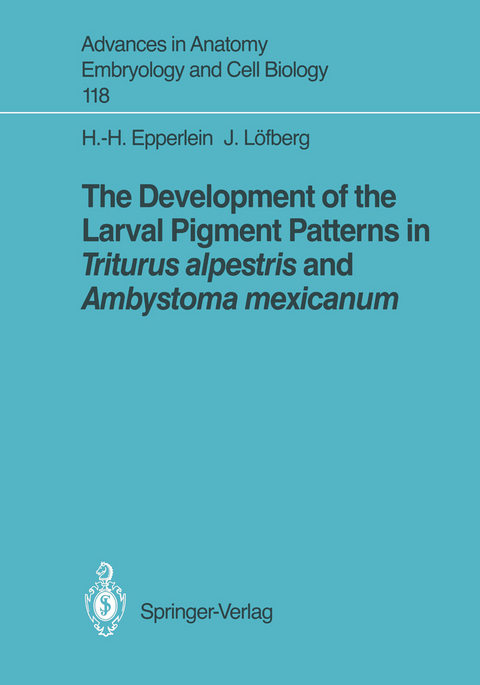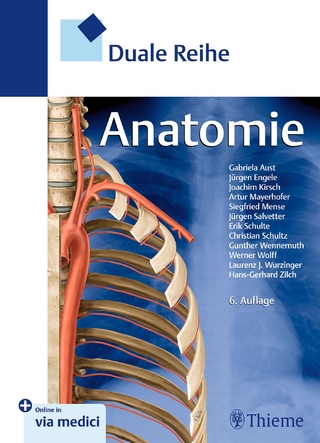The Development of the Larval Pigment Patterns in Triturus alpestris and Ambystoma mexicanum
Springer Berlin (Verlag)
978-3-540-51672-9 (ISBN)
1 Introduction.- 2 Materials and Methods.- 2.1 Embryos.- 2.2 Light Microscopy.- 2.3 Videomicrography.- 2.4 Transmission Electron Microscopy.- 2.5 Scanning Electron Microscopy.- 2.6 Dopa Reaction.- 2.7 Pterin Fluorescence.- 2.8 Staining with Alcian Blue.- 2.9 Immunohistochemistry.- 2.10 Developmental Protocols.- 2.11 Embryological Experiments.- 2.12 Tissue Culture.- 3 Results.- 3.1 Fundamental Premises.- 3.2 Development of the Longitudinal Stripe Pattern in Triturus alpestris.- 3.3 Development of the Barred Pigment Pattern in Ambystoma mexicanum.- 3.4 Analysis of Factors and Mechanisms Governing Pigment Pattern Formation in Triturus alpestris.- 3.5 Analysis of Factors and Mechanisms Governing Pigment Pattern Formation in Ambystoma mexicanum.- 4 Discussion.- 4.1 Dopa Reaction and Pterin Fluorescence: Criticism of the Methods.- 4.2 Organization of the Neural Crest and Early Dispersion of Pigment Cells.- 4.3 Arrangement of Pigment Cells in the Trunk.- 4.4 Comparison of the Development of the Larval Pigment Pattern in Triturus alpestris and Ambystoma mexicanum.- 4.5 Conclusion and Perspectives.- 5 Summary.- Acknowledgements.- References.
| Erscheint lt. Verlag | 5.4.1990 |
|---|---|
| Reihe/Serie | Advances in Anatomy, Embryology and Cell Biology |
| Zusatzinfo | XI, 101 p. 38 illus. |
| Verlagsort | Berlin |
| Sprache | englisch |
| Maße | 170 x 242 mm |
| Gewicht | 265 g |
| Themenwelt | Studium ► 1. Studienabschnitt (Vorklinik) ► Anatomie / Neuroanatomie |
| Naturwissenschaften ► Biologie ► Zoologie | |
| Schlagworte | Amphibien • Pigmentmuster • Pigmentzellen |
| ISBN-10 | 3-540-51672-7 / 3540516727 |
| ISBN-13 | 978-3-540-51672-9 / 9783540516729 |
| Zustand | Neuware |
| Informationen gemäß Produktsicherheitsverordnung (GPSR) | |
| Haben Sie eine Frage zum Produkt? |
aus dem Bereich




